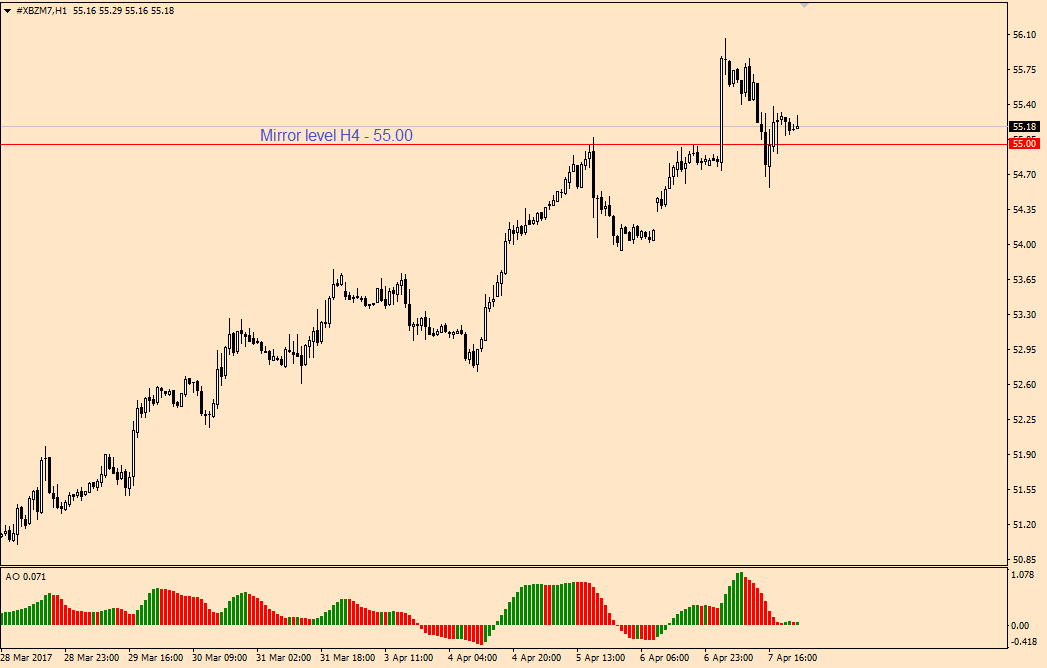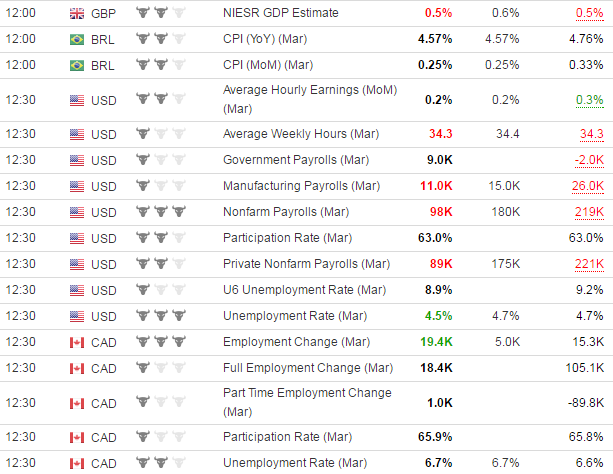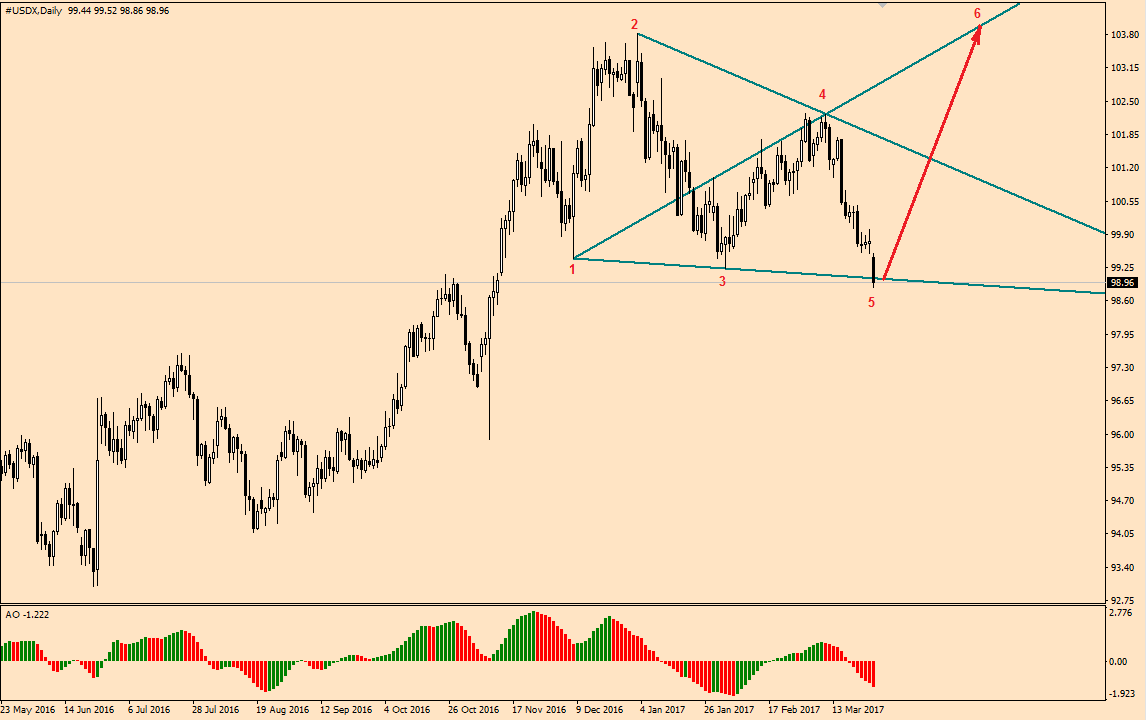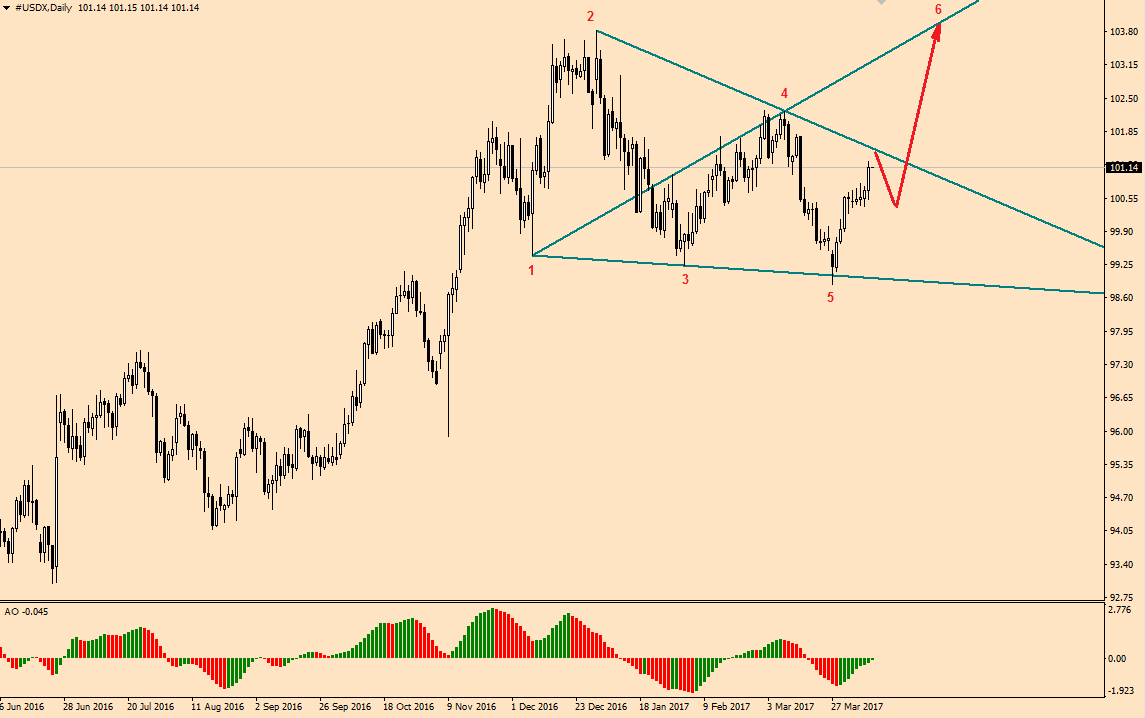Hello everyone! I don’t know how about you, but I still can’t find any logical fundamental explanation for the greenback’s strength against the majors that was witnessed during the recent US session. The reasons offered by analysts at large companies don’t satisfy me. It seems to me they don’t quite get what they are writing about; sometimes that’s complete rubbish. You don’t believe me? Wait for it. On Friday, we had a nice opportunity to see them wrong. Let’s look back and remember the key events of that day.
1. Thursday night, Donald Trump ordered airstrikes on Syria’s Shayrat Airfield.
Early Friday, the US Navy launched 59 Tomahawk missiles. Following the attack, the Brent crude price breached resistance at 55.00 levels and added 2% in an hour. Other currencies edged higher against the US dollar.
A few hours later, some news agency posted that the US dollar slumped on news about US airstrikes against Syria. The dollar-yen pair traded at 110.30 levels versus 110.91 before the information release. The tough stance of the US towards Syria means that Washington could resort to force in North Korea, according to Senior Vice President of forex sales at Mizuho Bank Michiyoshi Kato. Escalation of political tensions may lead to sell-offs in the yen.
The key phrases are in bold font.
2. At 12:30 GMT a series of significant economic events was released.
Investors absorbed data on a modest increase in the US non-farm payrolls and higher employment in Canada. In a few minutes, the USD/CAD pair dropped by 80 pips and the majors rose against the greenback. However, such a situation didn’t last for long. By the end of the trading session, USD/CAD recouped its earlier losses; while EUR/USD and GBP/USD hit fresh local lows.
How did the greenback rise on downbeat data? Let’s ask analysts and look at another article posted later in the day by the same news agency.
According to the article, the US dollar rose despite discouraging employment data. The greenback was supported on the back of increased demand for safe-haven assets, to which the US dollar usually belongs.
The Wall Street Journal USD index, which measures the greenback’s strength against 16 other currencies, advanced by 0.2 percent to 90.75. The US dollar grew against the Russian ruble, the euro, and the pound sterling.
According to the report prepared by the US Labor Department, non-farm payrolls added mere 98,000. Economists polled by WSJ had projected an increase of 175,000 new jobs. Meanwhile, the unemployment edged down to 4.5 percent, which is the lowest level since May 2007. The US average hourly earnings in the private sector rose by 2.7 percent in annual terms. Following the data release, the greenback dropped by around 0.1 percent, but then recovered during the early New York session.
According to Vasily Serebryakov from Credit Agricole, the result is weak, but it is unclear for now whether it will become a new trend. Situation in the labor market is rather favorable and the jobless rate confirms it.
The US employment data serves as an indicator for readiness of the country’s economy for further monetary tightening by the Federal Reserve in the near term.
Serebraykov also pointed out that the report once again confirmed that the Fed will not hurry to hike the rate in May.
Meanwhile, the US currency was backed by higher demand for safe-haven assets on the back of the US airstrikes against Syria. Gold, being a safe asset, gained 1 percent in price.
The strike against Syria’s air base completely changed the situation, Eric Donovan at INTL FCStone Inc. said. The employment report was weaker than expected, but there are many mixed factors.
The US dollar increased by 1.3 percent against the Russian ruble on concerns over higher tensions between Washington and Moscow because of the US attack.
Now how do you like that?
At first, they write that the greenback fell on news about strikes against Syria and then that the greenback rose on information about airstrikes in Syria.
I wonder whether they understand what they are writing about.
Now if we thrust fundamental analysis aside and predict price movements only based on technical analysis, we can say that we were ready for the strengthening greenback within the bullish Wolfe wave on the D1 time frame.
March 27, 2017
April 10, 2017










